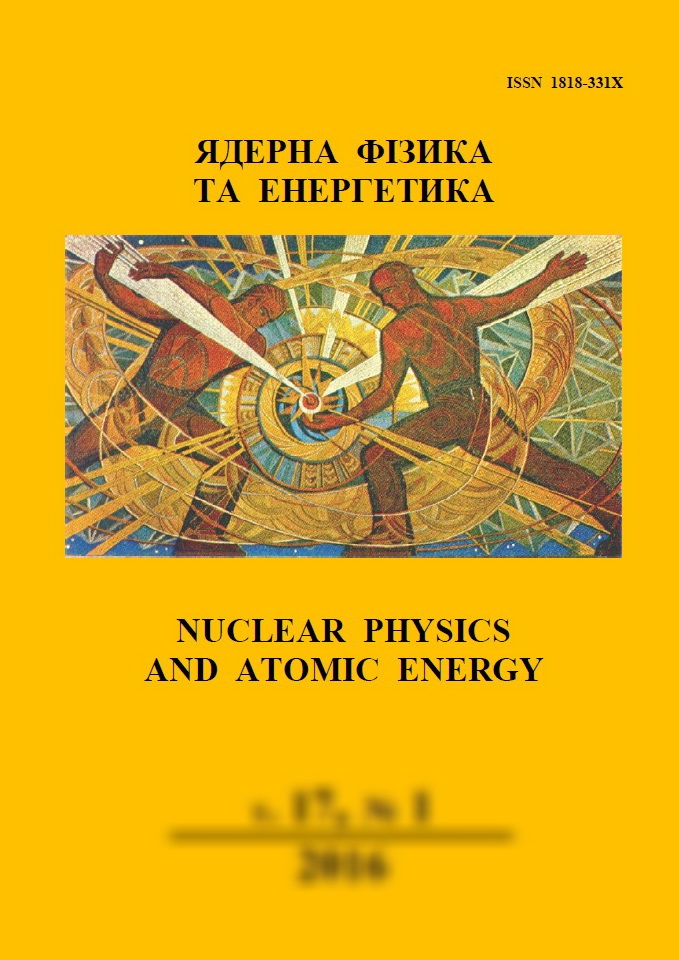 |
ядерна ф≥зика та енергетика
Nuclear Physics and Atomic Energy
ISSN:
1818-331X (Print), 2074-0565 (Online)
Publisher:
Institute for Nuclear Research of the National Academy of Sciences of Ukraine
Languages:
Ukrainian, English, Russian
Periodicity:
4 times per year
Open access peer reviewed journal
|
Nucl. Phys. At. Energy 2020, volume 21, issue 3, pages 245-248.
Section: Radiation Physics.
Received: 20.08.2020; Accepted: 17.11.2020; Published online: 16.12.2020.
 Full text (ua)
Full text (ua)
https://doi.org/10.15407/jnpae2020.03.245
To the issue of accuracy of determination of irradiation embrittlement coefficient
L. I. Chyrko*, V. M. Revka, Yu. V. Chaikovskyi, M. G. Goliak, O. V. Trygubenko, O. V. Shkapyak
Institute for Nuclear Research, National Academy of Sciences of Ukraine, Kyiv, Ukraine
*Corresponding author. E-mail address:
chyrko@kinr.kiev.ua
Abstract:
The paper presents the statistical analysis of experimental results of radiation-induced critical brittle temperature ΔTF shifts and reference temperatures ΔT0 obtained respectively from the impact bend and fracture toughness tests of the reactor vessel metal surveillance specimens to define the possibility of their mutual application for the irradiation embrittlement coefficient to be determined more accurately. The correlation between these parameters is shown to remain up to the accumulation of over-design fast neutron fluence.
Keywords:
critical brittle temperature shifts, reference temperature, irradiation embrittlement coefficient, Chow test.
References:
1. Rules and Regulations in Nuclear Power G-7-002-86. Standards for Strength Calculation of Equipment and Pipelines of Nuclear Power Plants (Moskva: Energoatomizdat, 1989) 524 p. (Rus)
http://www.gostrf.com/normadata/1/4293842/4293842075.pdf
2. IAEA NULIFE (Nuclear Plant Life Prediction) Guidelines, 2012.
3. ASTM E 1921-13a Standard Test Method for Determination of Reference Temperature, To, for Ferritic Steels in the Transition Range.
https://www.astm.org/DATABASE.CART/HISTORICAL/E1921-13A.htm
4. H. Scheffé. Analysis of Variance (Moskva: Nauka, 1980) 512 p. (Rus)
Google books
